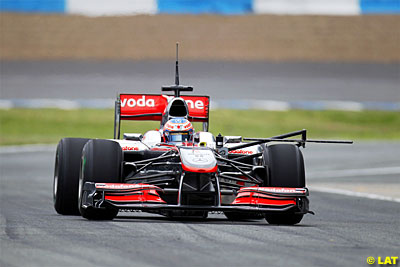Raptor22 wrote:
are you assuming that the driver does not adapt their style to suit the car they are given...?
unless I'm mistaken, I think you're very much mistaken.
example: Schumacher hops from Mercedes sports car c91 to Jordan Ford EJF1-91
Completely different handling cars, differnet weight and requiring different styles of set up and operation on track...
alonso and renault found they could get the best out of the Michelin tyre by going for a very understeery type set up, he following ear the car was more neutral as michelin changed the tyre characteristic.
A good driver can adapt, a mediocre one can't
I think i'm not mistaken, one think is how a car needs to be driven and the other is how a driver can handle it, MS always said he preferred a rear loose to a rear front, it's his preferred style but his skill allow him to drive any car and get the most out of it like top drivers (Alonso, Hamilton, Vettel...). Bourdais was limited by his skills, he just couldn't cope with super tight front VS super loose rear, it's like asking to Button to do the same lap time with an agressive setup style. If driving style wasn't important there would be just one optimum setup for the same car and we know that's not true...





